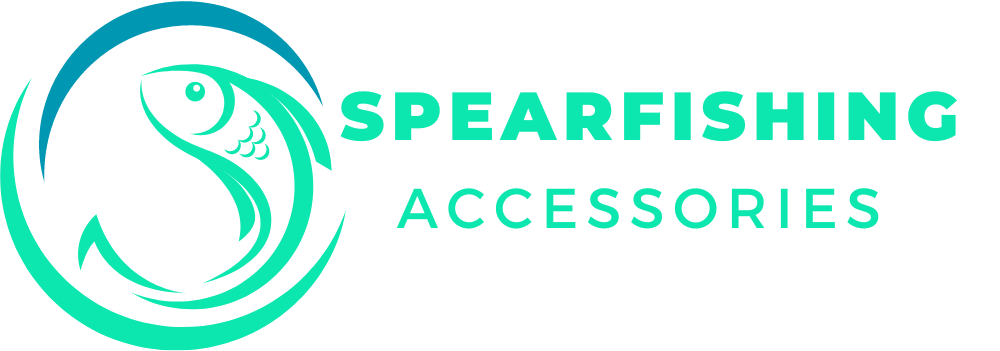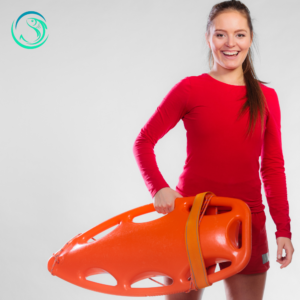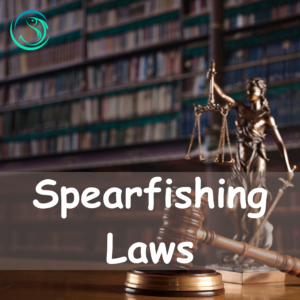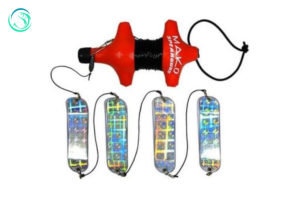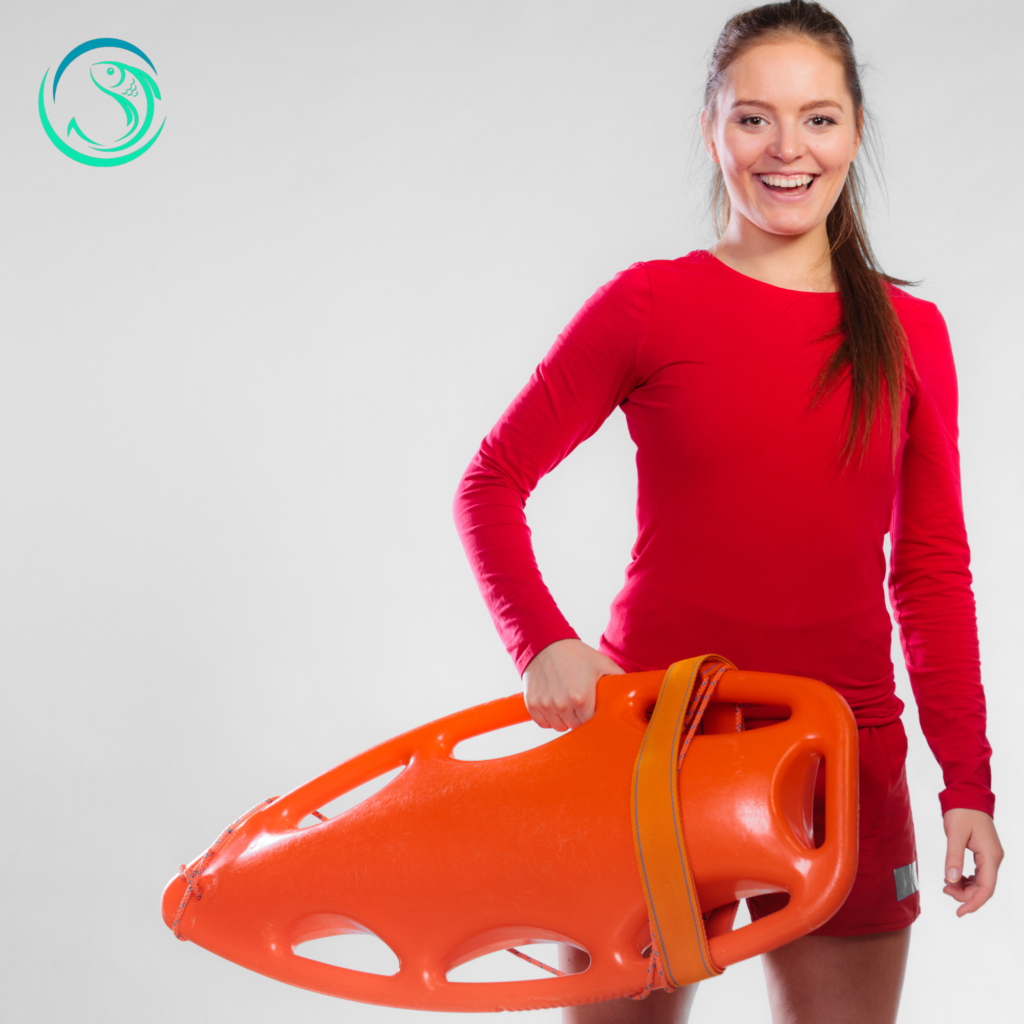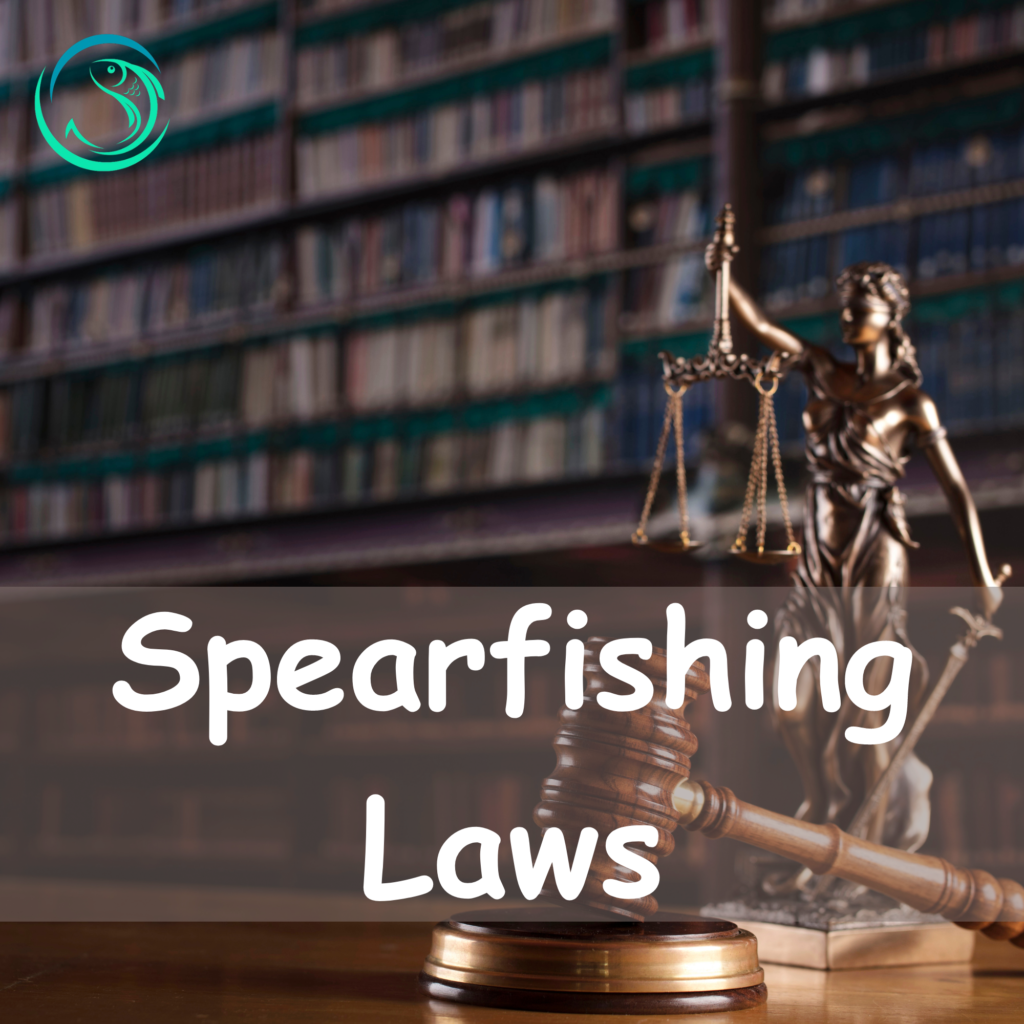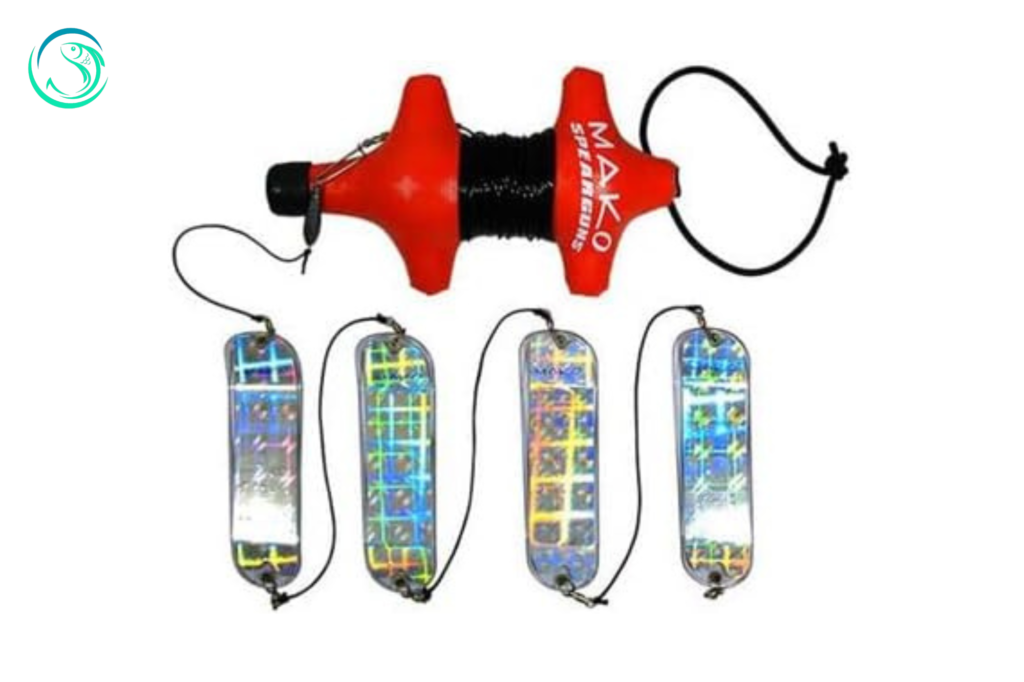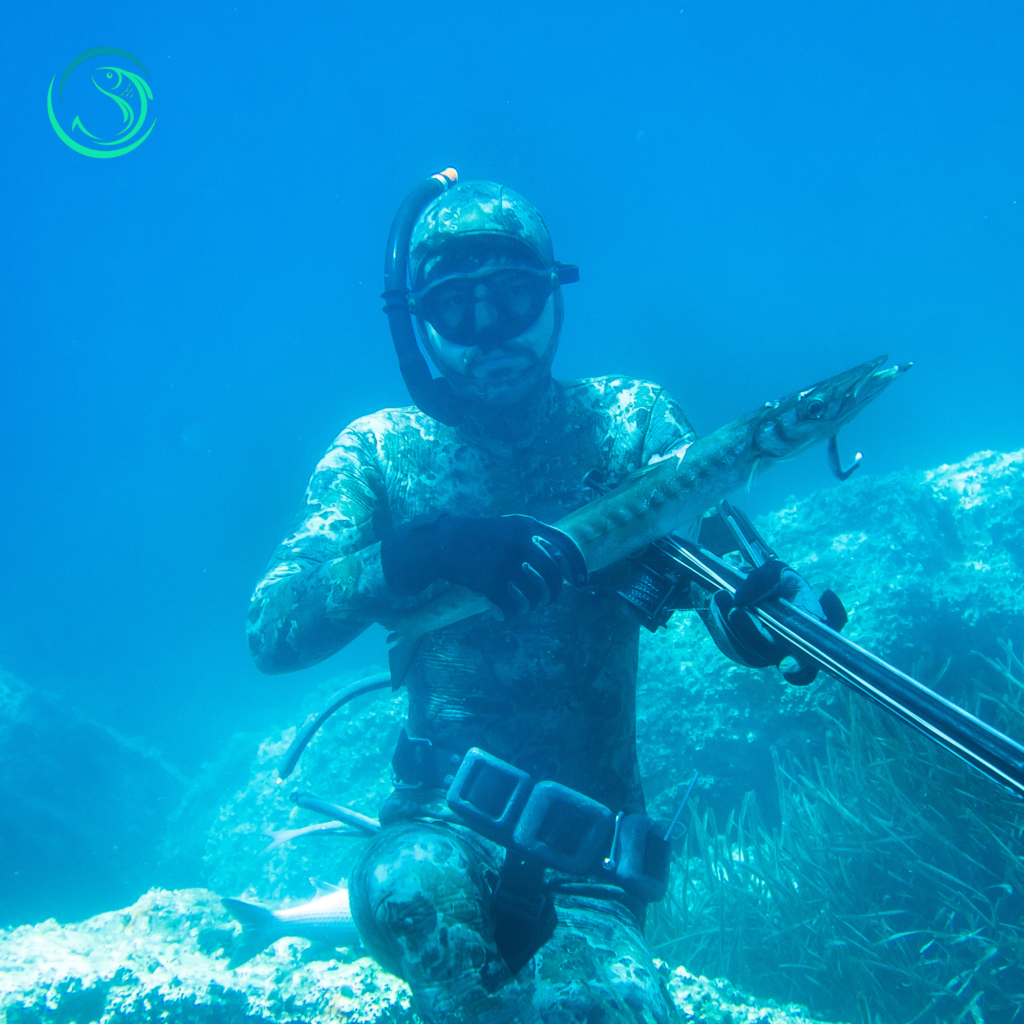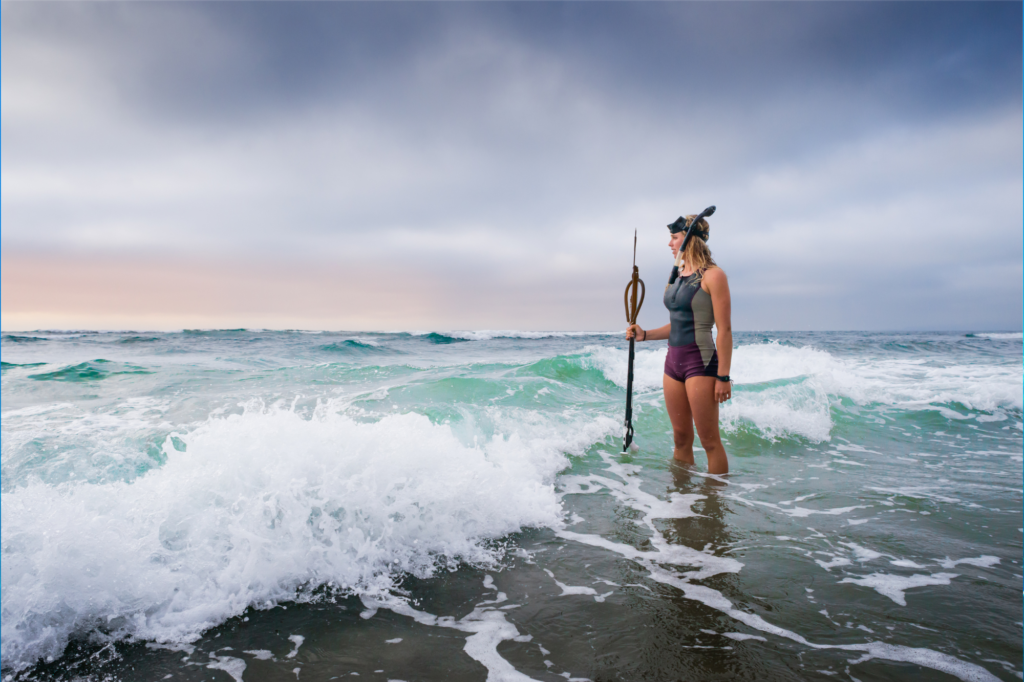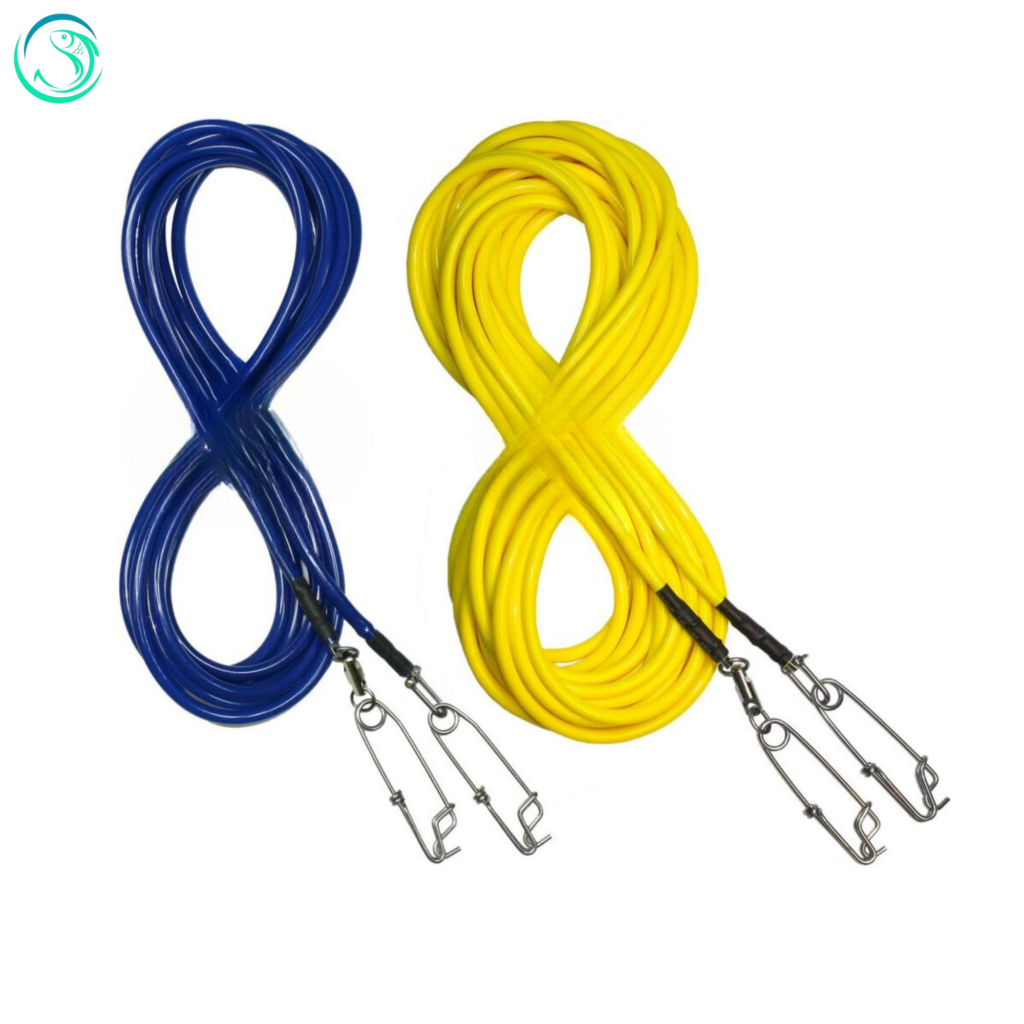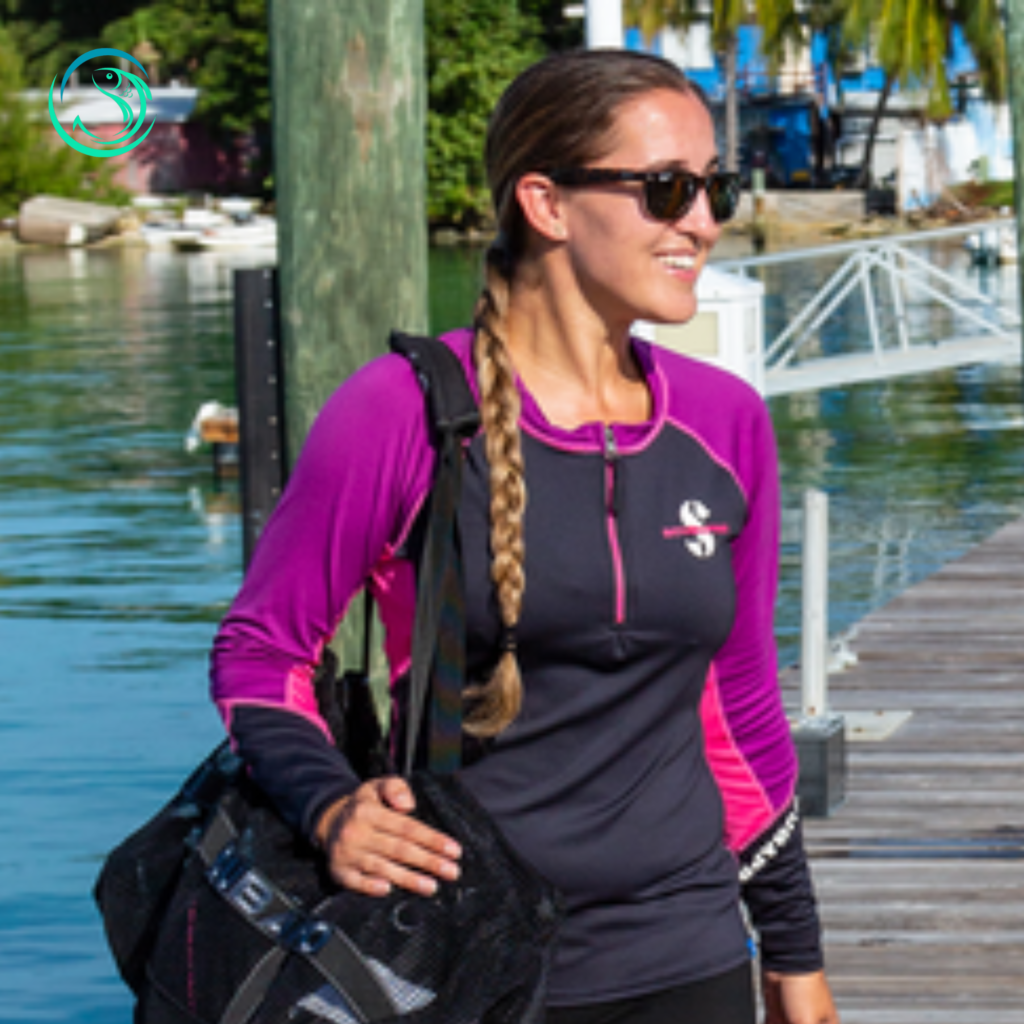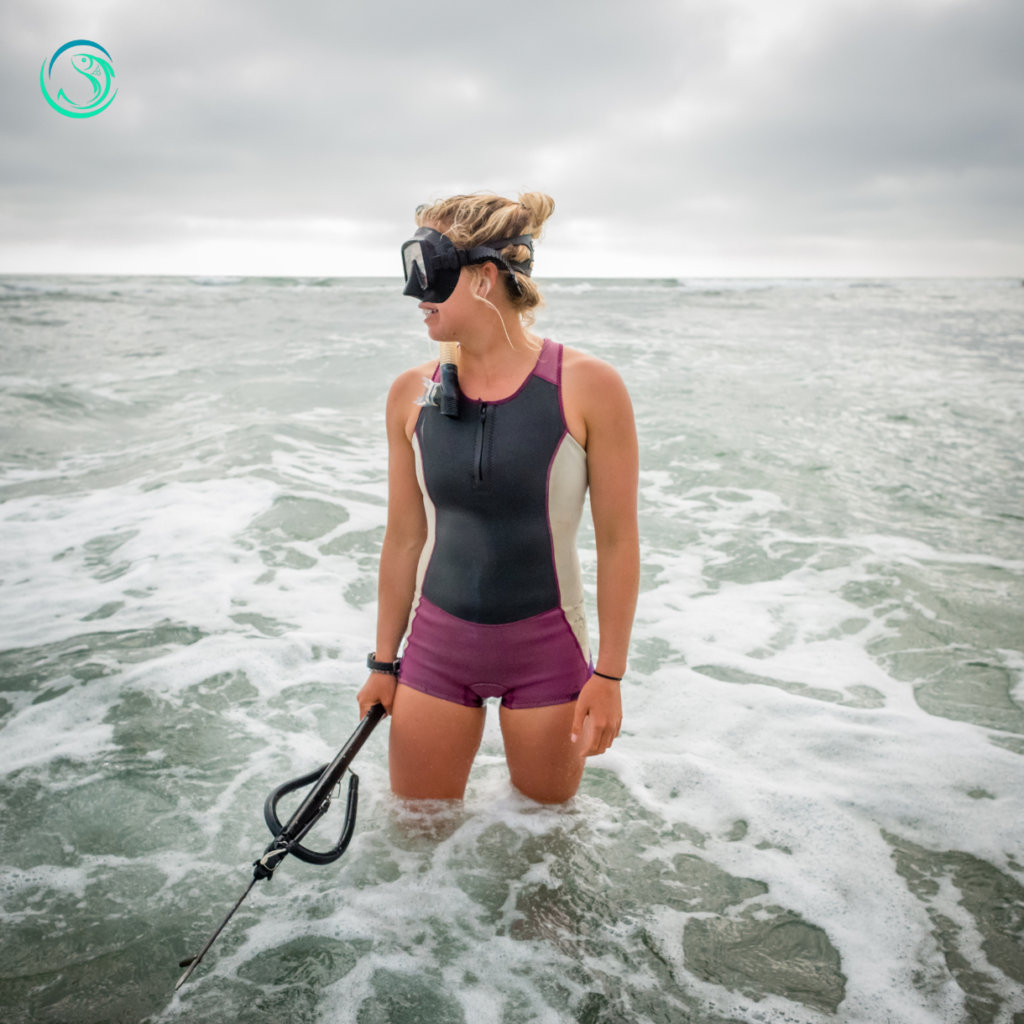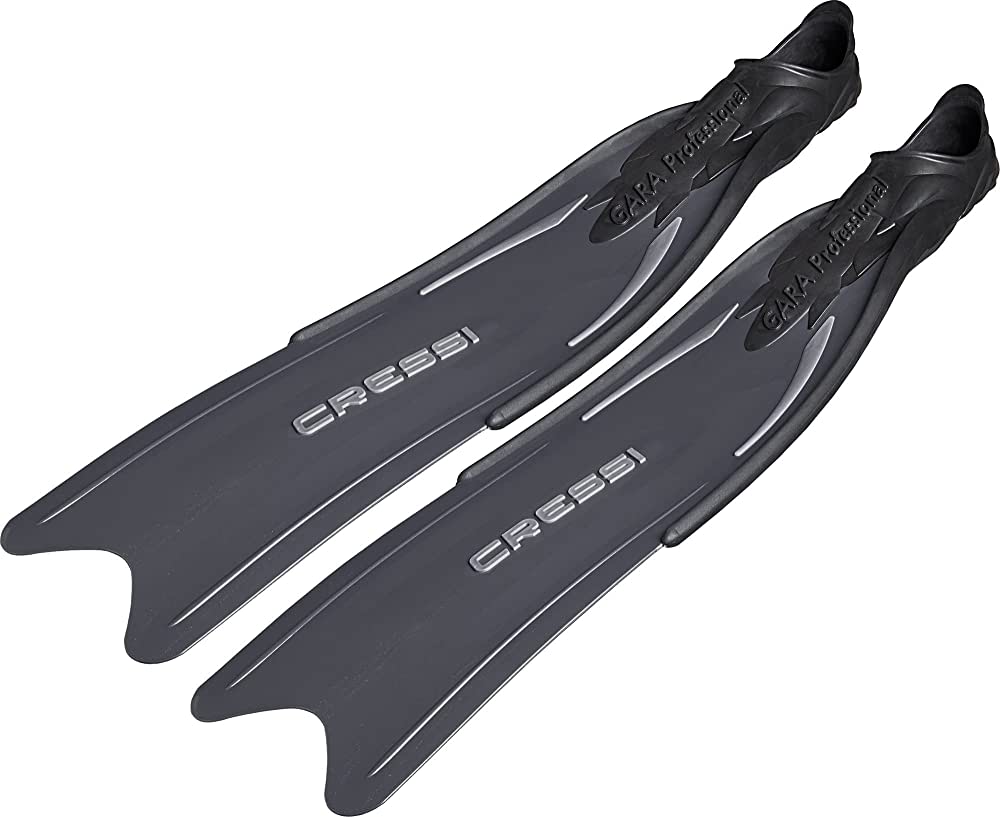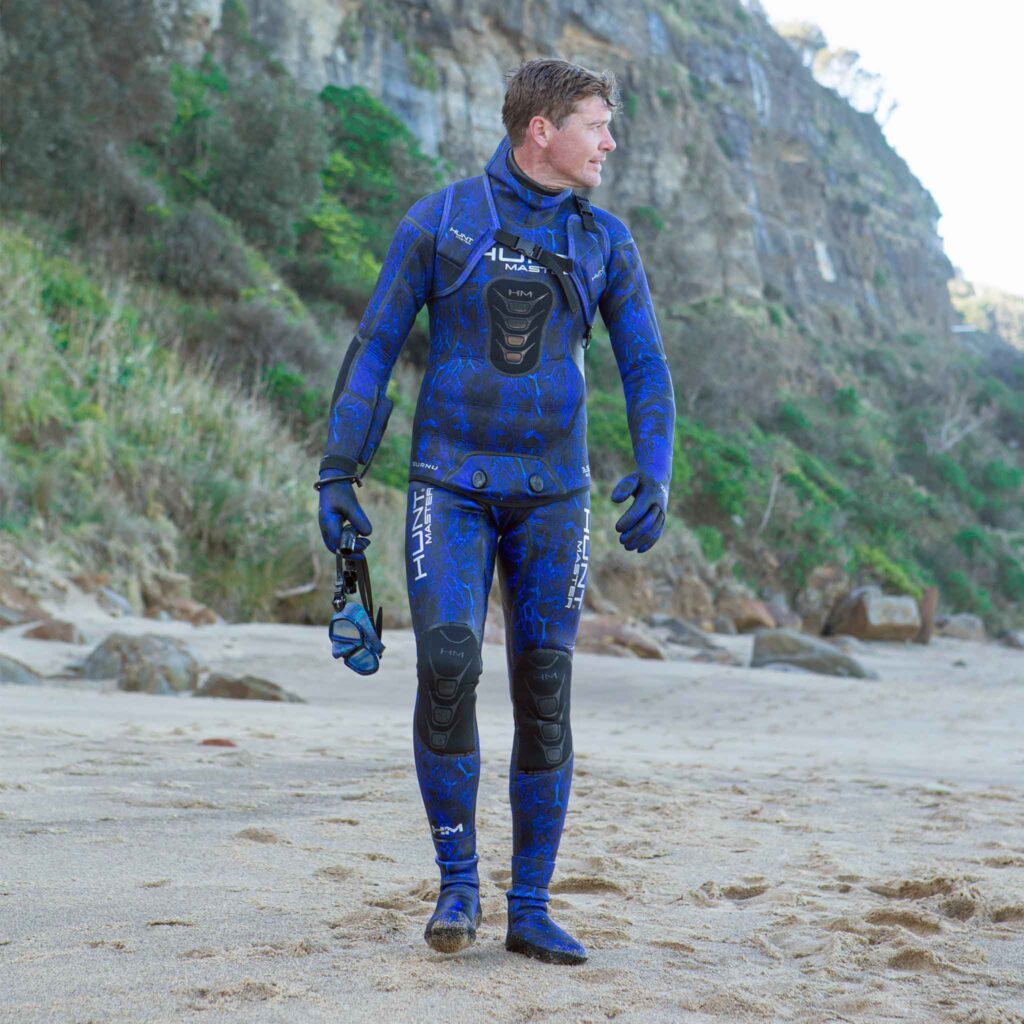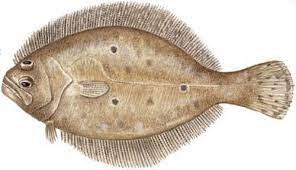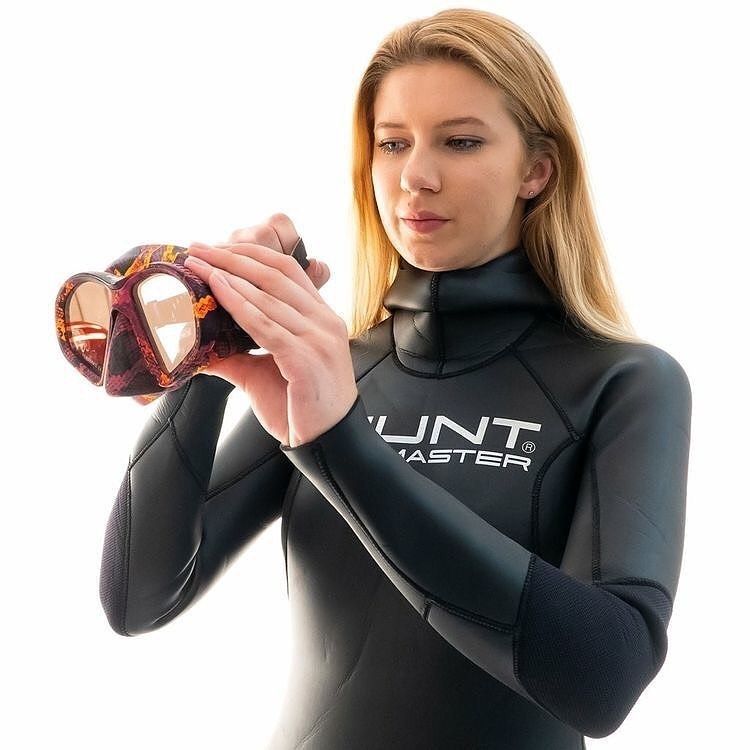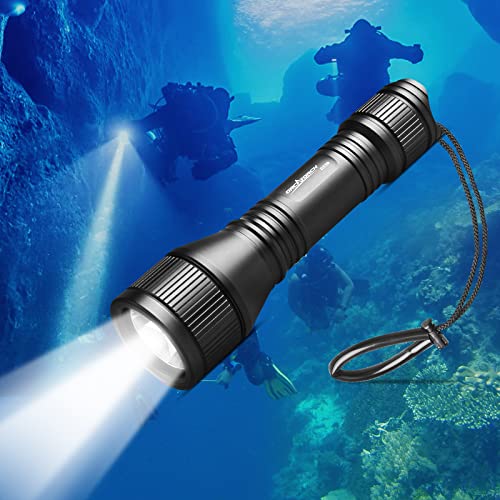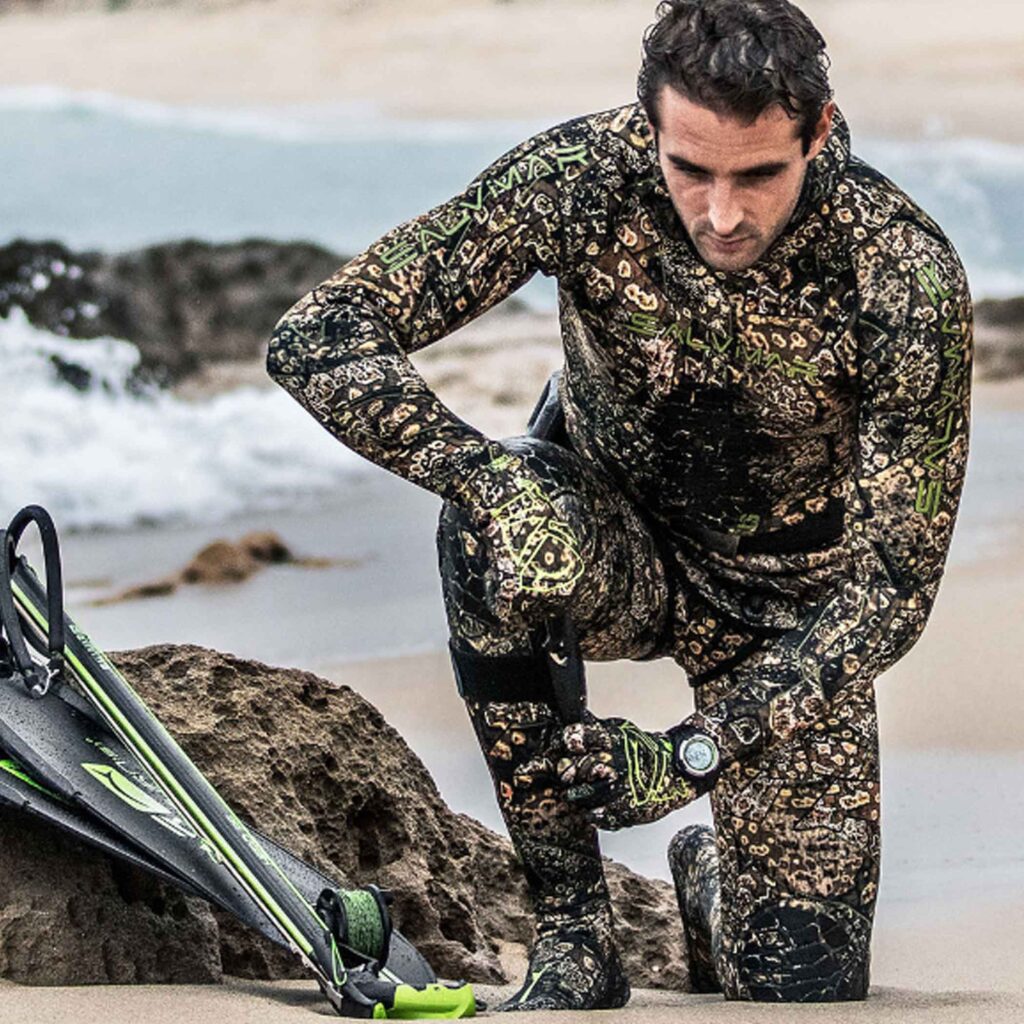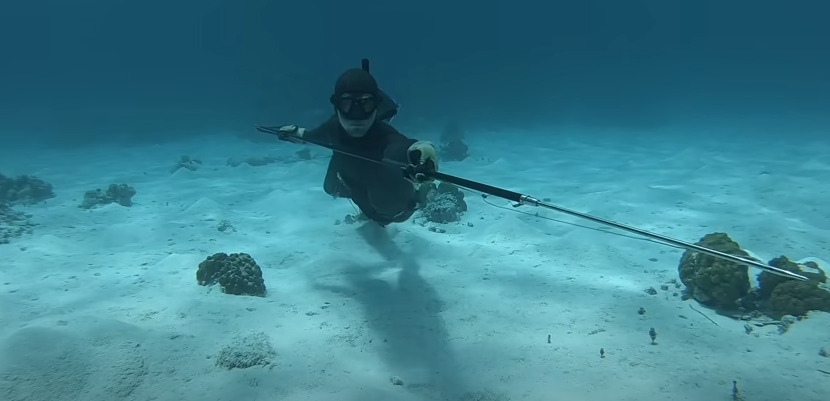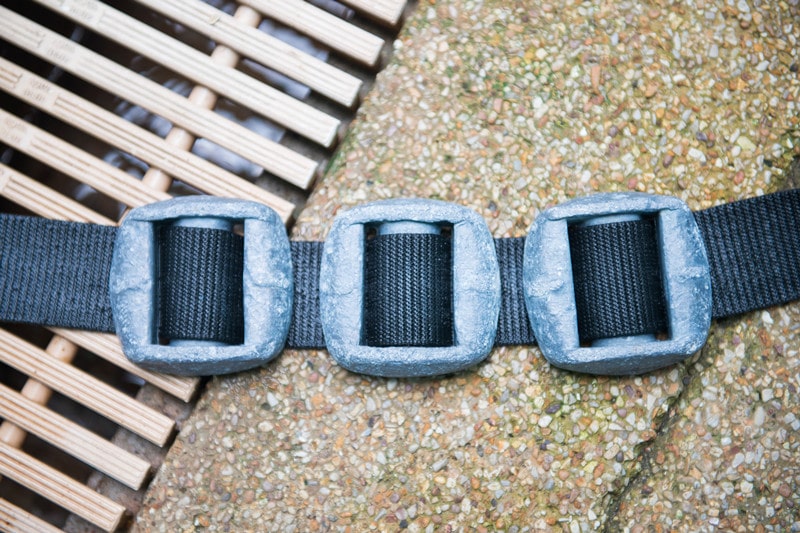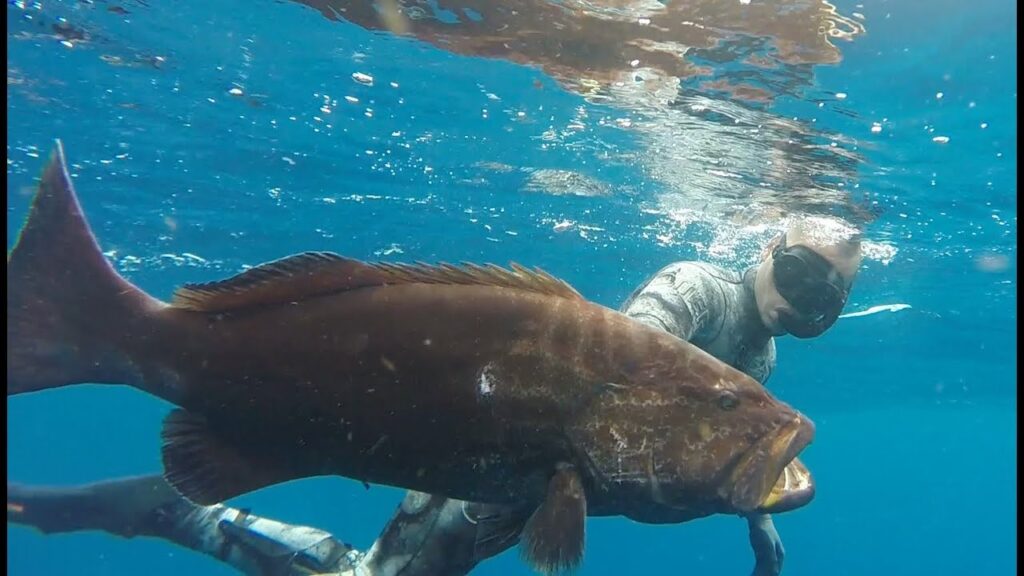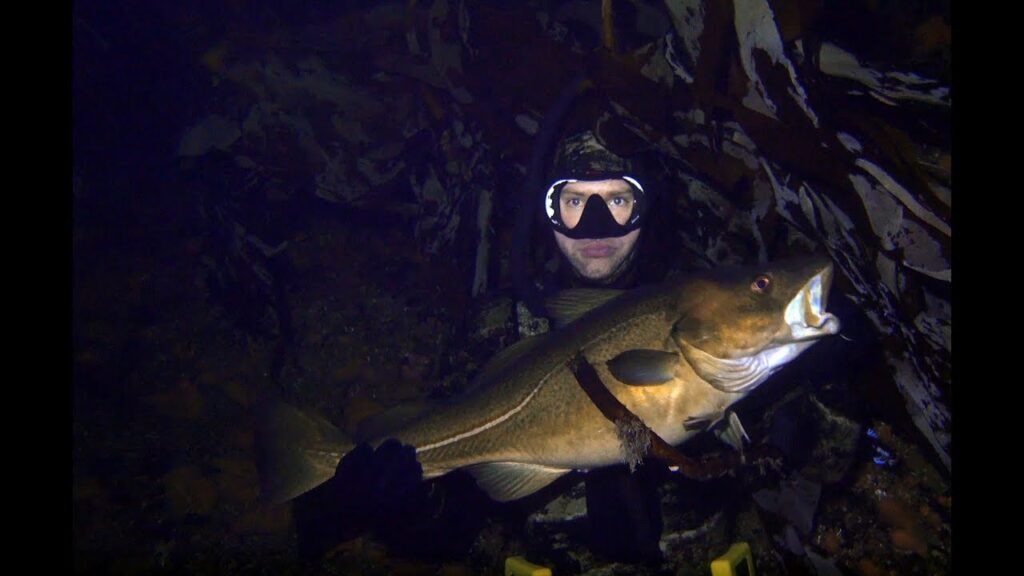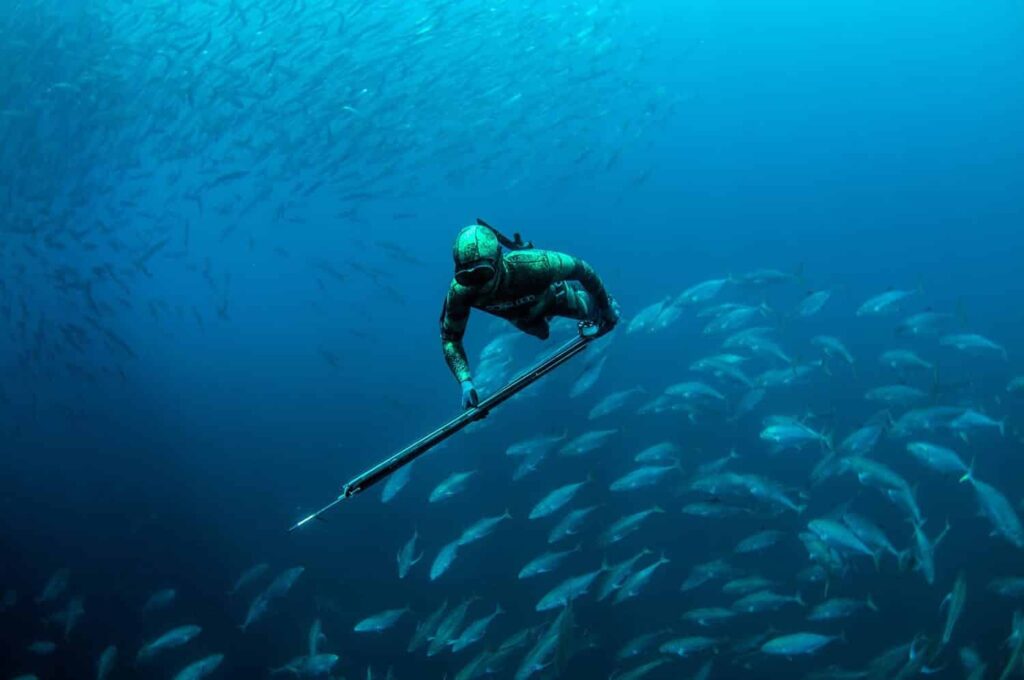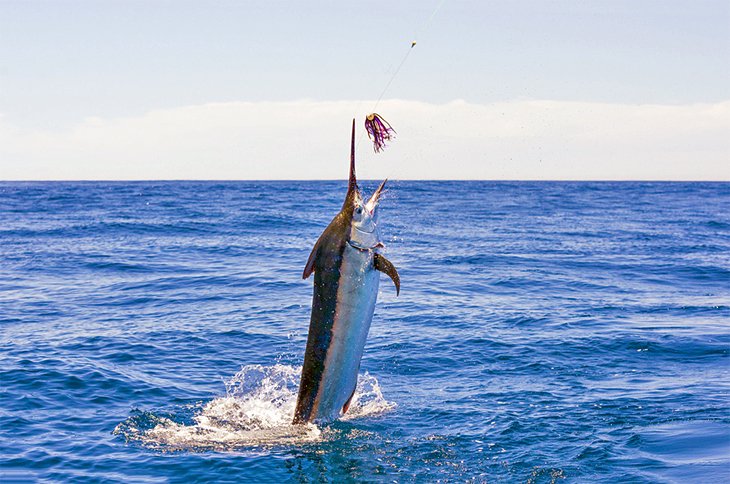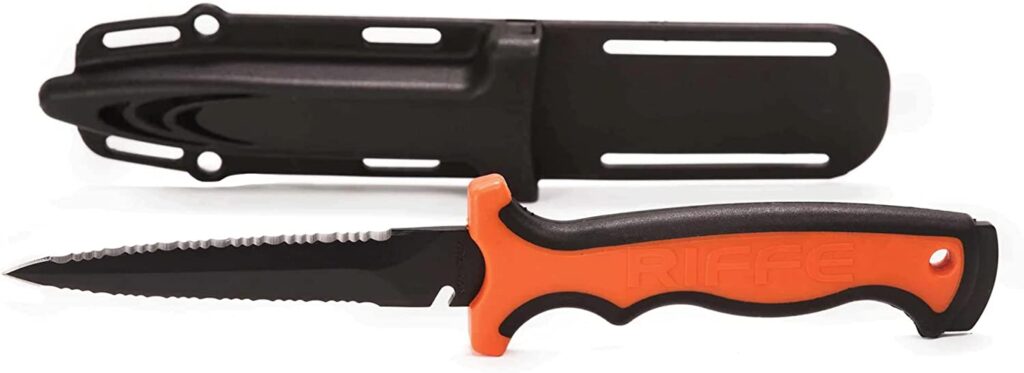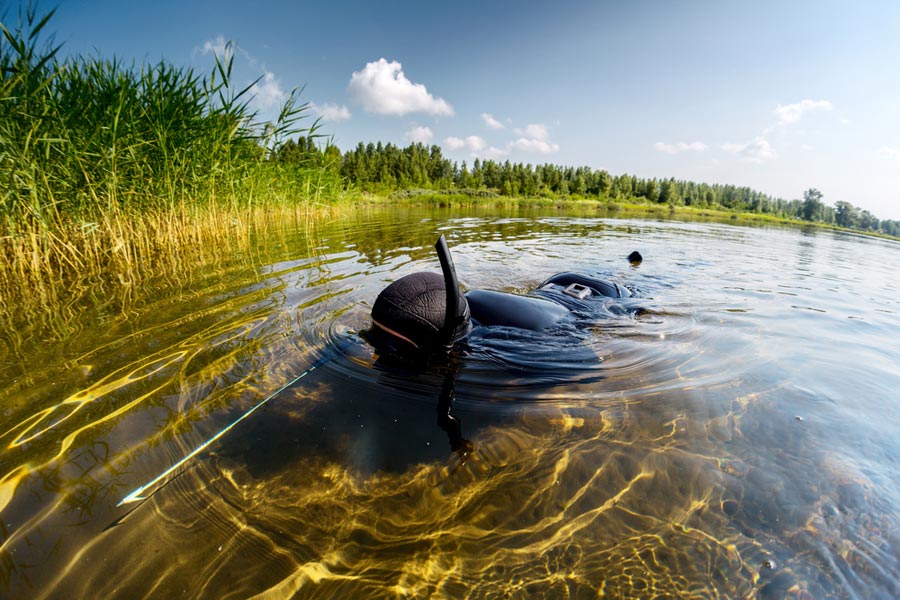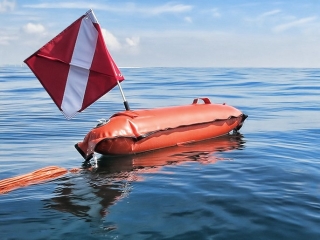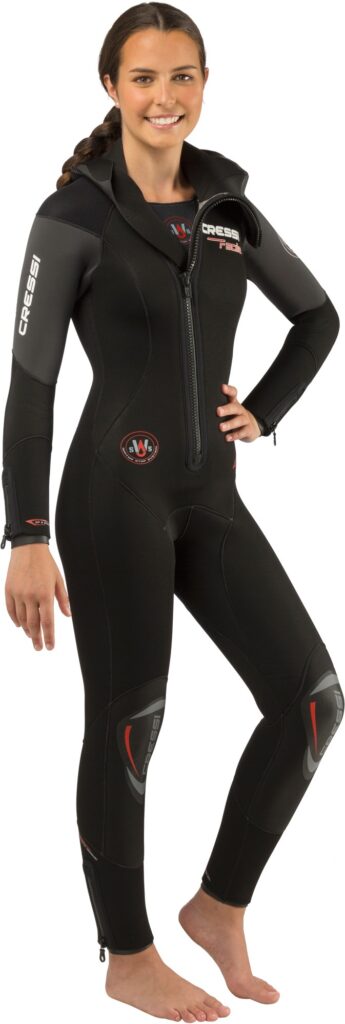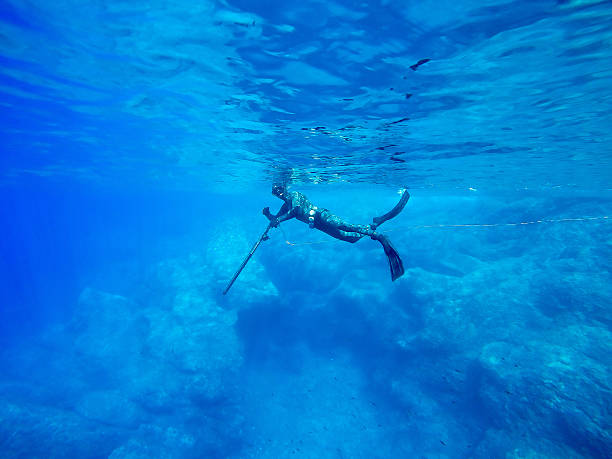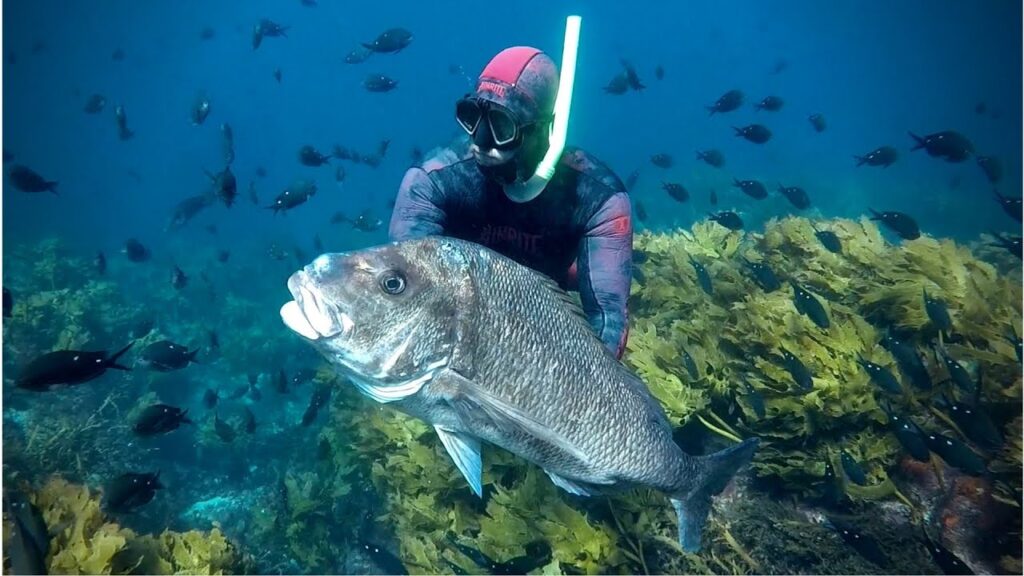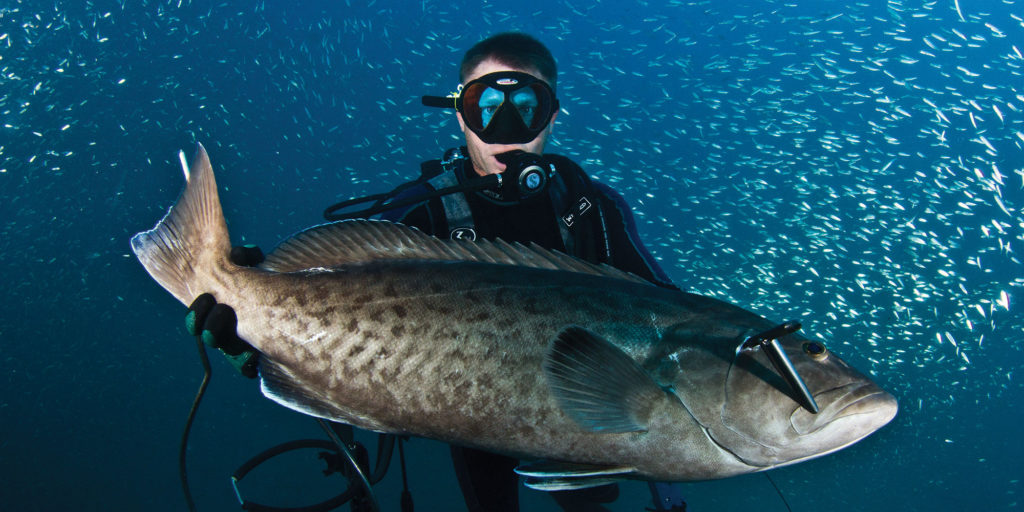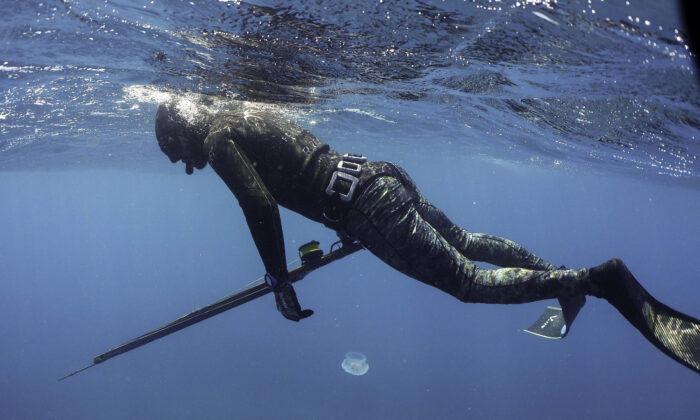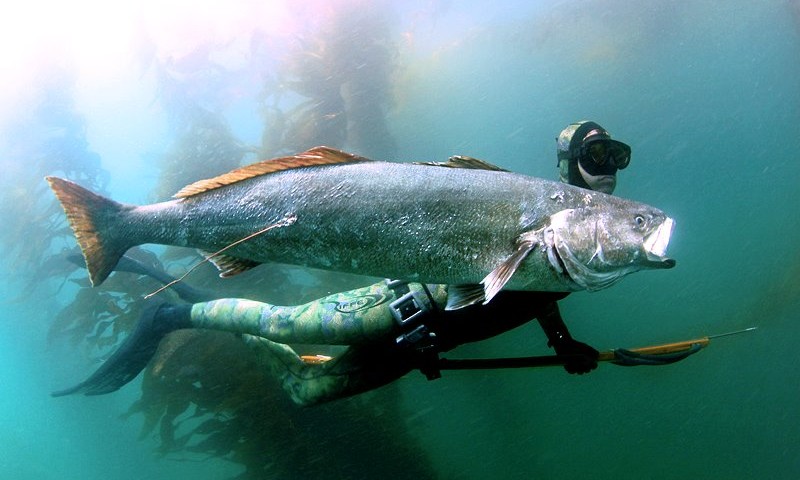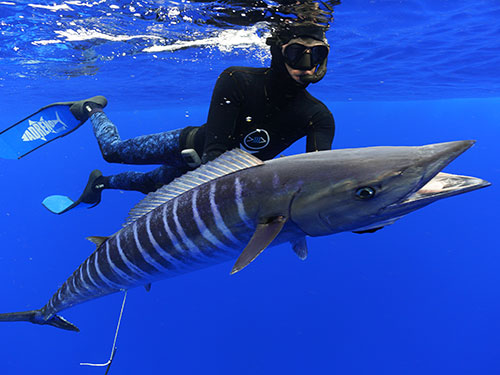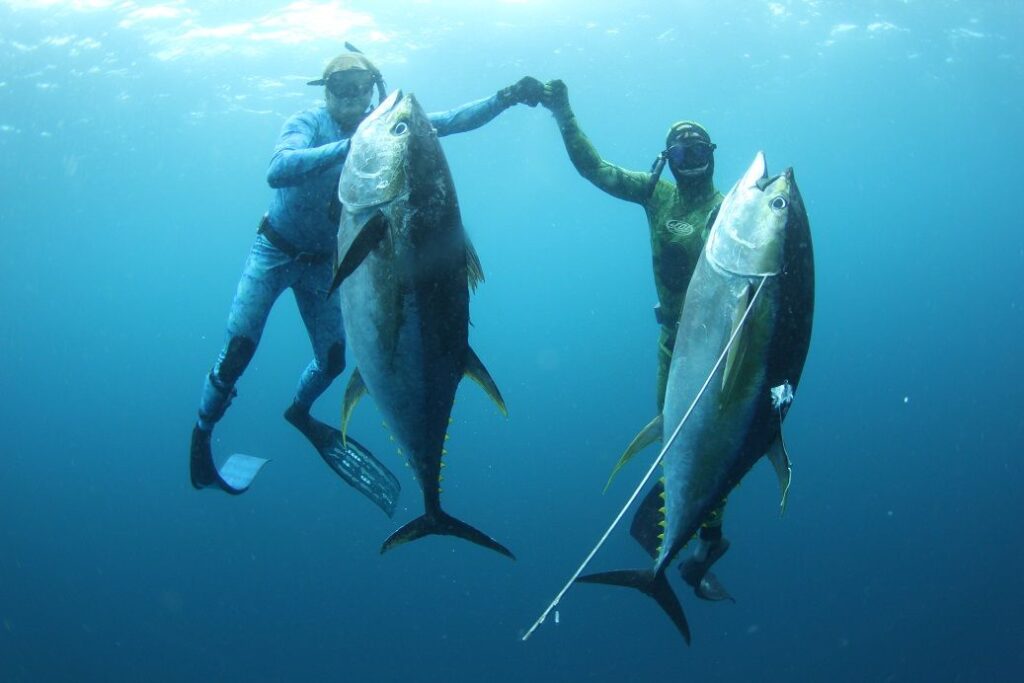Are you ready to learn the ins and outs of Gulf flounder fishing in Florida? In this article, we will explore tips and tricks to improve your flounder gigging skills, while keeping in mind the regulations to protect this amazing species. So, let’s dive in!
1. Know the Regulations
Flounder Regulations
Before you embark on your flounder fishing adventure, it’s essential to know the flounder regulations that apply to Florida’s Atlantic coast. The Florida Fish and Wildlife Conservation Commission (FWC) has established the following requirements for flounder fishing:
- Minimum size limit: 12 inches total length
- Recreational daily bag limit: 5 per person
- Incidental bycatch limit: 1 per trip
- Vessel limit: 10 per vessel
These regulations ensure that flounder populations in state and federal waters are maintained at a sustainable level.
The flounder fishery statewide faces challenges due to declining populations, prompting both federal and state authorities to implement their own regulation changes. A recent stock status update suggested that these adjustments are necessary to ensure the long-term sustainability and health of the flounder fishery.
Federal Waters Regulations
In federal waters of the South Atlantic, you will also find specific regulations governing flounder fishing. Summer flounder, a species commonly found along the Atlantic coast, are subject to the following rules:
- Minimum size limit: 14 inches total length
- Recreational daily bag limit: 4 per person
- Incidental bycatch limit: 1 per trip
- Vessel limit: 15 per vessel
These regulations apply in both state and federal waters, so be aware of the differences before you head out.
2. Choose the Right Season and Location
Best Time to Fish Flounder
The Atlantic coast of Florida offers excellent opportunities for flounder fishing, with the general declining trend in flounder populations, it’s important to choose the right time and location for your trip. The best time to fish for flounder is during their migration, which occurs from October to December.
Prime Locations for Flounder Fishing
When searching for prime flounder fishing spots, focus on estuaries, bays, and inlets along the Atlantic coast. These areas are home to both summer flounder and Gulf flounder, giving you the best chances of success.
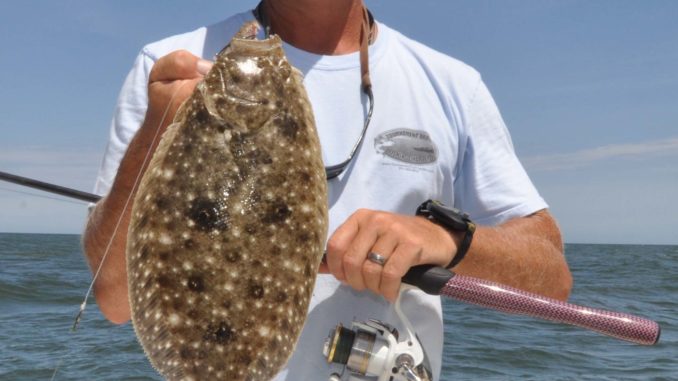
3. Use the Right Gear
Flounder Gigging Gear
Flounder gigging is a popular method for catching these elusive fish, and the right gear is crucial. Invest in a quality gigging pole with a sharp prong, and consider using a ligh spear flashlight to illuminate the water and reveal flounder hiding in the sand.
Fishing Gear for Flounder
If you prefer traditional fishing methods, use a light to medium-action spinning rod and reel with a fluorocarbon leader. A live bait rig or a jig tipped with a soft plastic lure can be highly effective for enticing flounder to bite.
4. Master the Technique
Flounder Gigging Technique
When gigging for flounder, move slowly and methodically, scanning the sandy bottom for their telltale outline. Once you spot a flounder, carefully position your gig above its head, and then swiftly plunge the prongs into the fish to secure your catch.
Flounder Fishing Technique
When fishing for flounder, cast your bait or lure near structure, such as oyster beds, pilings, or drop-offs. Allow the bait to sink to the bottom, and then slowly retrieve it, giving the flounder time to strike.
5. Pay Attention to Tides
Tides and Flounder Fishing (H3)
Tides play a significant role in flounder fishing. Flounder tend to be more active during the incoming and outgoing tides, as they feed on smaller fish and crustaceans carried by the currents. Plan your fishing trip around these tide changes to increase your chances of success.
6. Learn to Identify Flounder Species
Gulf Flounder vs. Summer Flounder
It’s important to recognize the differences between Gulf flounder and summer flounder, as they have different size limits and bag limits. Gulf flounder typically have a more elongated body shape, while summer flounder are larger and have a more rounded appearance. Familiarize yourself with these species to ensure you follow the proper regulations when fishing.
7. Practice Conservation
Respect the Environment
When fishing for flounder, it’s essential to respect the environment and practice responsible fishing. Always follow the regulations set by the Florida Fish and Wildlife Conservation Commission and the federal government. This includes adhering to size limits, bag limits, and bycatch limits to protect flounder populations.
Release Undersized or Over-Limit Fish
If you catch a flounder that is undersized or exceeds your daily bag limit, release it carefully to minimize stress on the fish. This practice promotes conservation and ensures the continued health of flounder populations along the Atlantic coast.
Conclusion
Florida’s Gulf flounder fishing and gigging opportunities can be both exciting and rewarding. By following these tips and adhering to the regulations set forth by the Florida Fish and Wildlife Conservation Commission, you can enjoy a successful flounder fishing trip while supporting the long-term sustainability of this amazing species. So grab your gear, and get ready for your next flounder fishing adventure on Florida’s Atlantic coast!
FAQs
Are Gulf flounder good to eat?
Gulf flounder are delicious and highly sought after for their mild, delicate flavor and firm, white meat. They’re versatile and can be prepared using various cooking methods, such as frying, baking, or grilling.
What kind of flounder are in the Gulf of Mexico?
The Gulf of Mexico is home to several flounder species, including Gulf flounder, southern flounder, and summer flounder. Each species has unique characteristics and inhabits different areas within the Gulf.
What’s the difference between Gulf and southern flounder?
Gulf flounder have a more elongated body shape, while southern flounder are larger and exhibit a more rounded appearance. Additionally, Gulf flounder have three prominent eye-like spots, while southern flounder have a more uniform pattern.
Are there flounder in the Gulf?
Yes, there are flounder in the Gulf of Mexico. The region is home to various flounder species, providing ample opportunities for anglers to catch these tasty fish.
Is there a flounder season in Florida?
While there isn’t a specific flounder season in Florida, the best time to catch them is during their migration from October to December. This is when they’re most active and can be found in greater numbers.
How big should a flounder be to keep?
The minimum size limit for flounder in Florida is 12 inches total length for Gulf flounder and 14 inches total length for summer flounder, as per the FWC and federal regulations.
Why is flounder season closed in Florida?
Flounder season is not closed in Florida, but regulations are in place to protect flounder populations and ensure sustainable fishing practices. These include size limits, bag limits, and bycatch limits.
What is the size limit for flounder at FWC?
The Florida Fish and Wildlife Conservation Commission (FWC) has established a minimum size limit of 12 inches total length for Gulf flounder, ensuring the long-term sustainability of the species.
